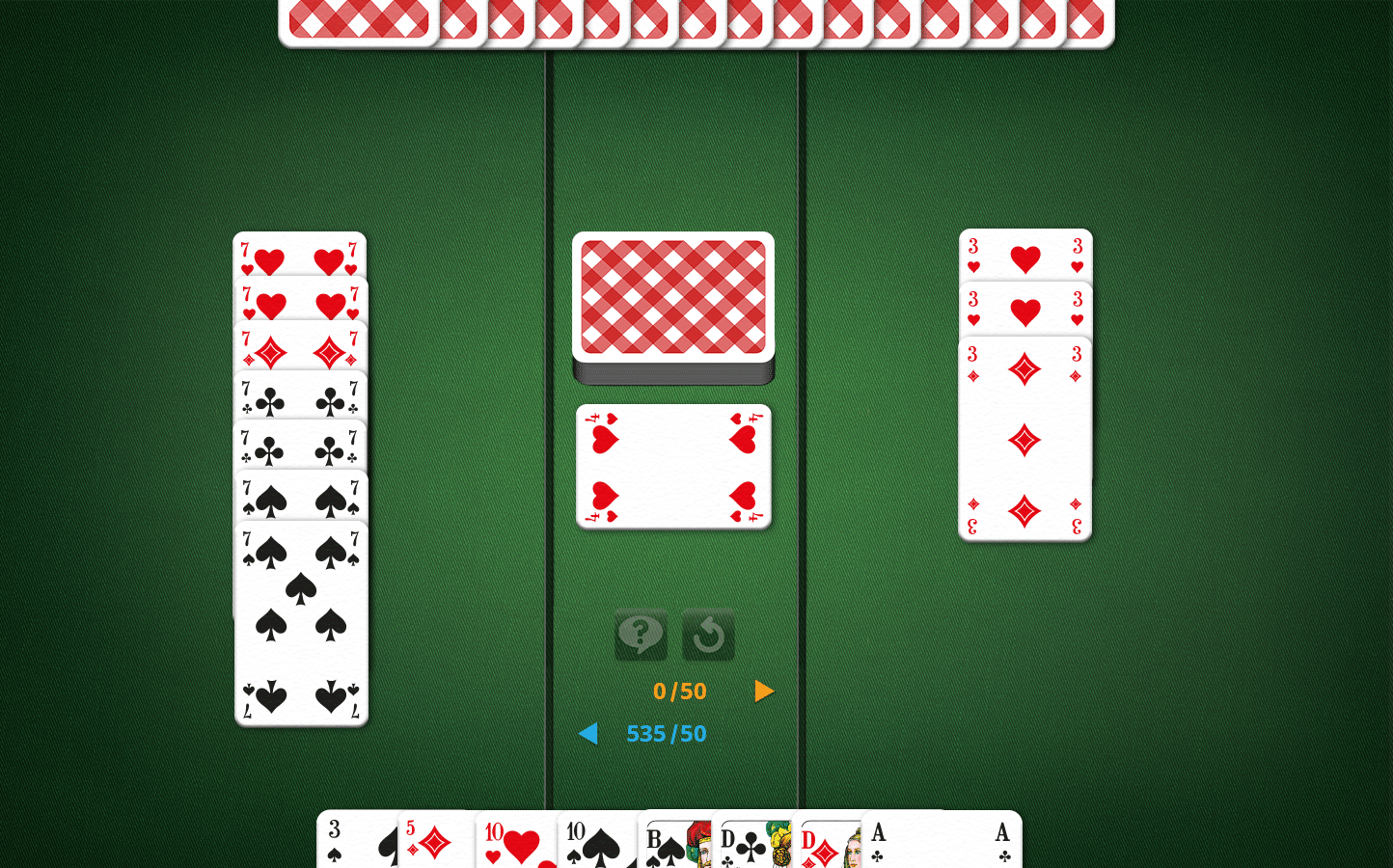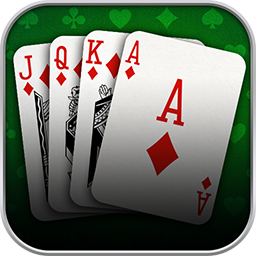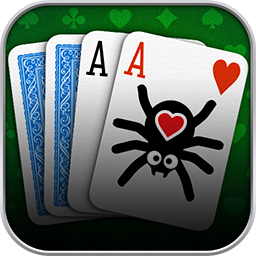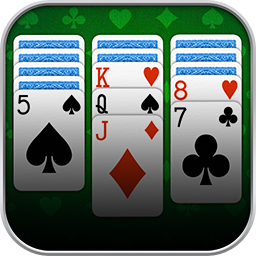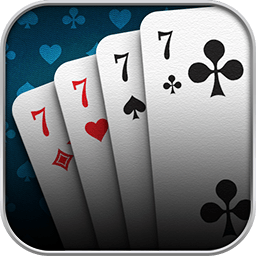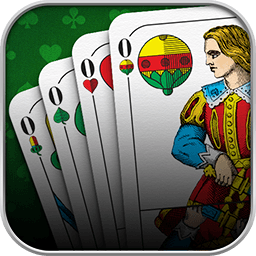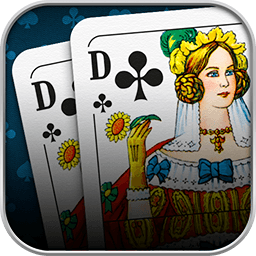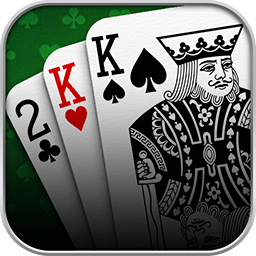Online or offline – it makes sense to compare the points you reached so far with those of your opponents. Red Threes play a significant role here. They can randomly occur to anyone drawing from the discard pile. Then, the red Three automatically moves to the respective melding area, and the player gets to draw again. That can be a blessing as each red Three scores 100 points at the round’s end. But if your opponents get them, you should keep those in mind and play for plenty of points to make up for them.
Don’t Rest on It
When getting one or the other red Three early in the round, you should not just rely on their bonus points. You will only receive them if your party plays a meld! All points that the red Threes could bring will even turn into minus points if your party does not meld using hand cards at least once by the end of the round!
Red Threes With Your Opponent
As long as not all red Threes are found, you could hope for them to be distributed equally. But it would be better, playing for the highest possible score right away. In case all red Threes end up on with your opponents, you really need to keep up! Because having all red Threes comes with 400 additional bonus points, which checks out at 800 points your opposing party is ahead of you! But you can still even that out.
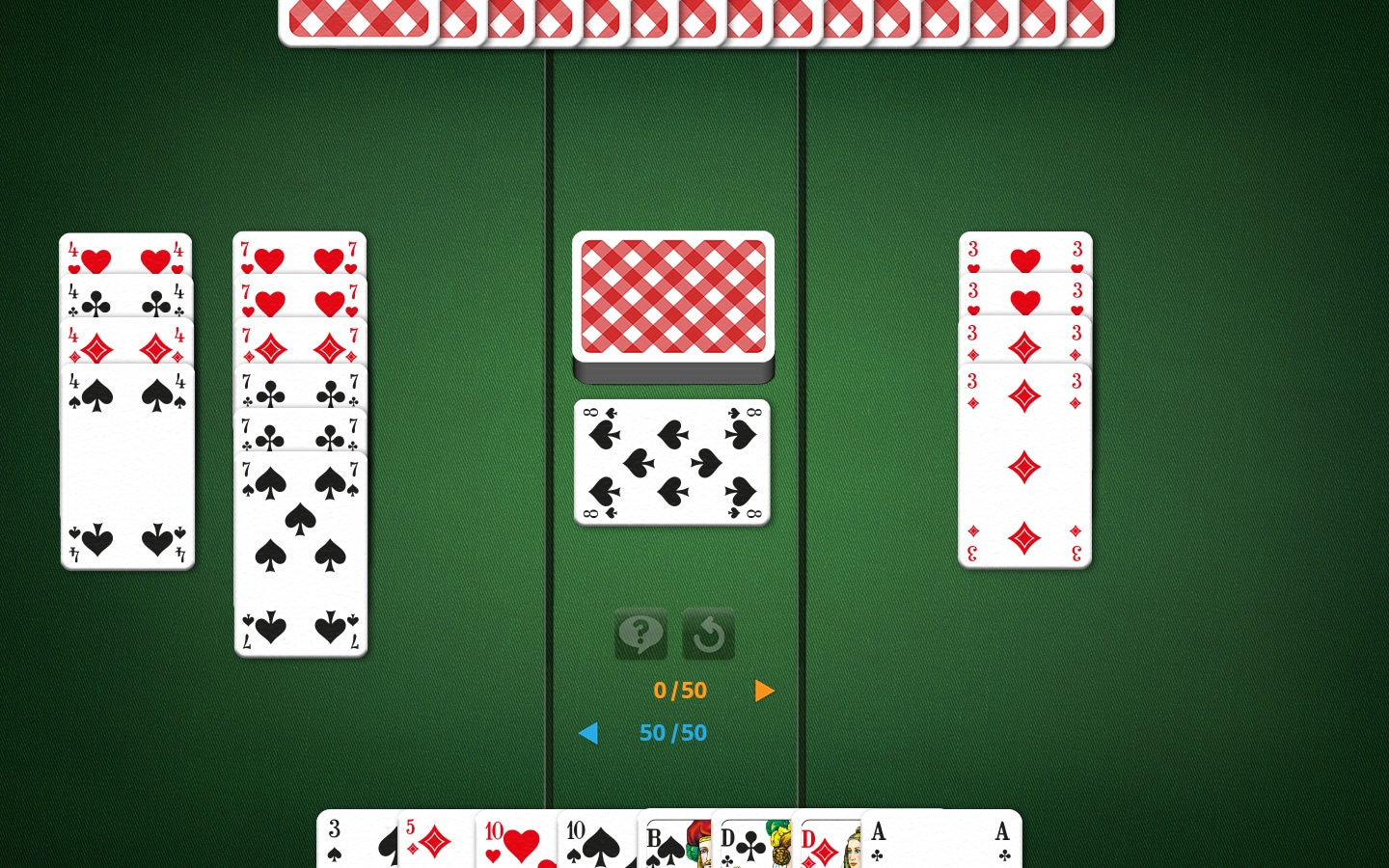
Track Cards – Gain Points
In Canasta, every played card counts. But there are also opportunities to score bonus points to get out of a scrape: melding canastas and going out.
You should gauge what possibilities you have with your hand cards, the discard pile, and melds up to that point – natural or mixed canastas or rather a quick end?
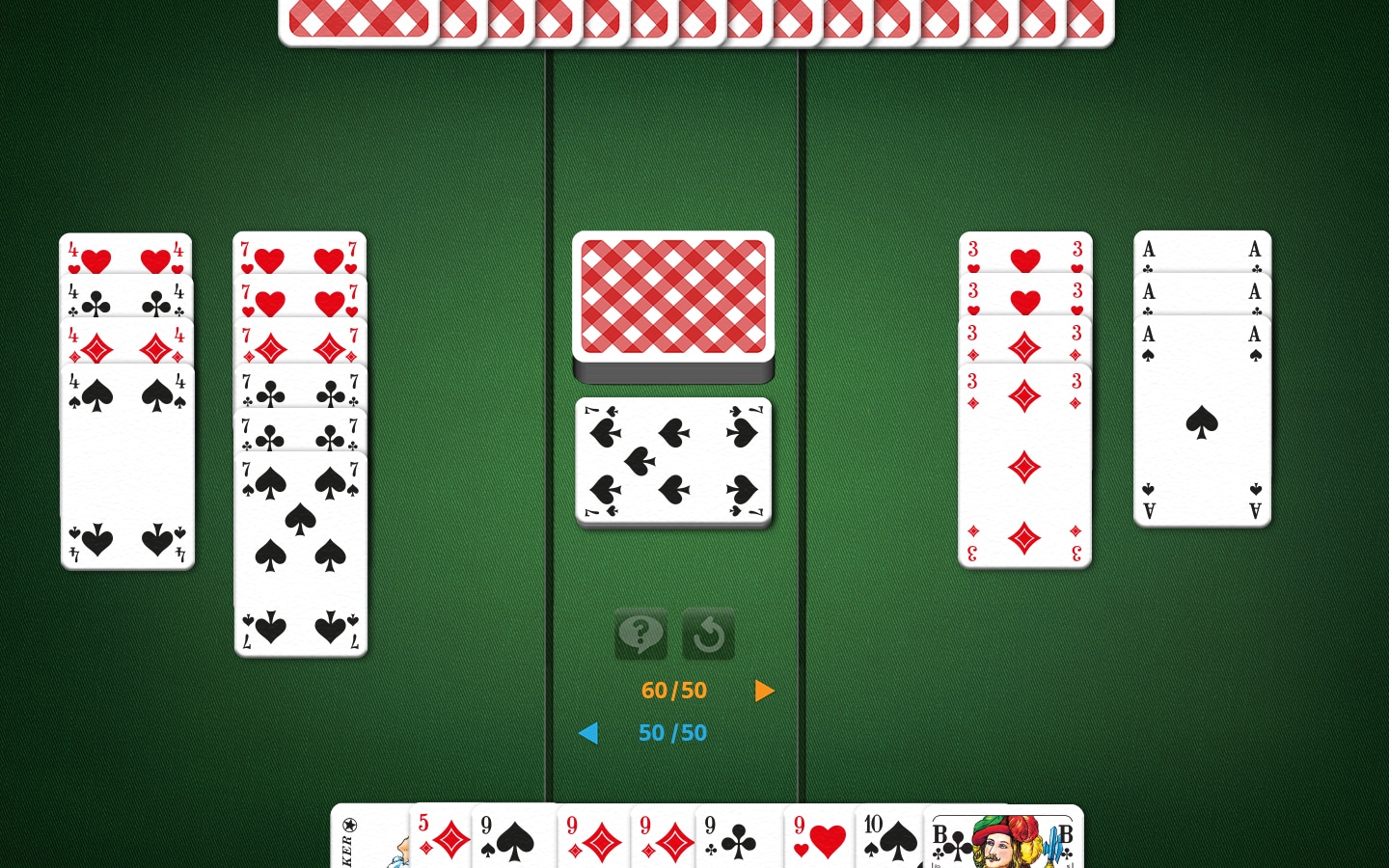
Usually, each card rank exists eight times in Canasta. When your party already melded six cards of one rank, and your opponents did not yet meld or discard the last two cards of that rank, it might pay off to wait for one or two more turns. If that card turns up with you, you get to complete a natural canasta and gain 500 points, and thus, you only need to even out 300 more points. These would be covered by a mixed canasta, for example. But do not take too much time, or your opponents might amass even more points meanwhile!
Though every rank is presented eight times, wild cards are made up of one rank – the Twos – and four Jokers, so twelve cards in total. Depending on the game situation, turning several melds into mixed canastas using wild cards might be more easily achieved. Three mixed canastas already score higher than the four red Threes. And each melded card’s value is always counted anyways.
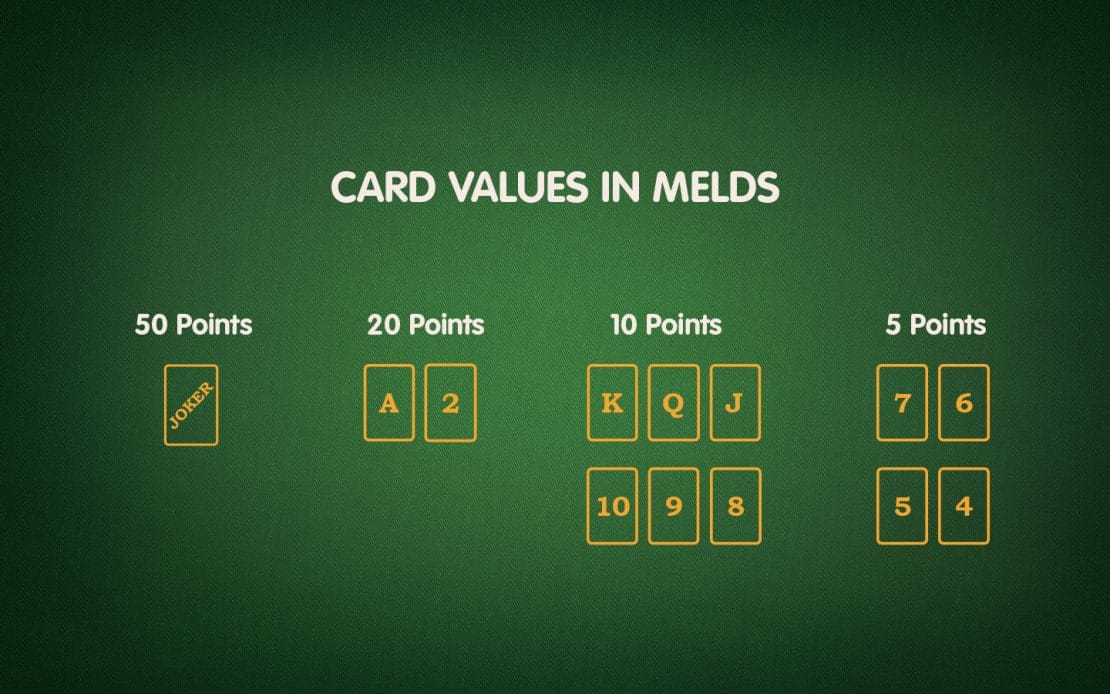
Just Hang on, Eyes Open
If it does not look like you can turn the tide in your favor, you can still perform damage control. The fewer points separate you from your opponents, the easier you can catch up to them in the next round.
To quickly end a weak round, you need a canasta, as many melded cards as possible – also in smaller melds – and should go out as soon as possible. This way, you limit your opposing party’s time to collect more points and take additional 100 points home for your party. Do not forget your teammate and their hand cards in four-player mode, though. Otherwise, going out might backfire!
With these suggestions, you are able to stay on top of the red Threes. You are welcome to check out our Canasta Lessons for more Canasta tips and tactics. And you Canasta School holds all information.
